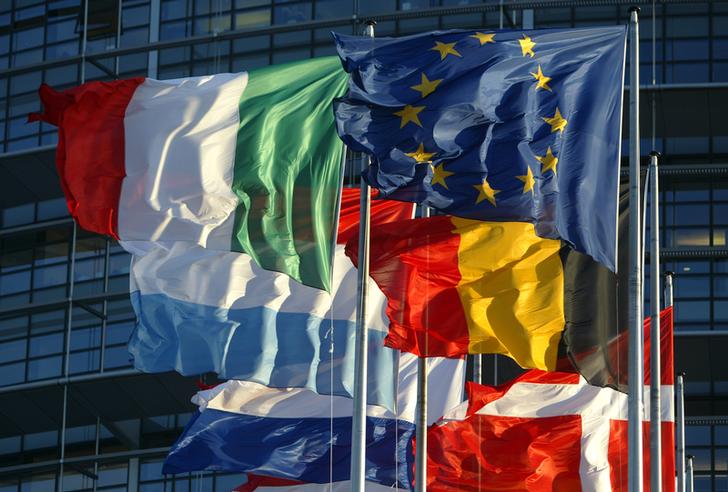A brief look at the headline figures of the European fund flows over the course of the first nine months of 2018 may lead to the conclusion that European investors are in crisis mode. ETFs have enjoyed net inflows for the year so far, while their actively managed peers have faced net outflows. Such a flow pattern has been seen before only during the global financial crisis (2008) and the euro crisis (2011).
Graph 1 Historic Annual European Net Fund Flows by Product Type (Bil EUR)

Source: Lipper at Refinitiv
That said, headline numbers can often lead to the wrong assumptions, since they often don’t reveal the underlying trends leading to those numbers. Therefore, a closer look at the numbers may help to better understand what is going on with regard to fund flows in Europe.
Graph 2 2018 Monthly Fund Flows in Europe by Product Type (Bil EUR)

Source: Lipper at Refinitiv
Breaking up the year to date into monthly periods helps us see whether flows have been consistently negative or if the overall flow pattern has been dominated by a single event. The monthly breakout shows that mutual funds enjoyed strong net inflows for January and additional inflows for April, while they witnessed net outflows for the rest of the months. In contrast, ETFs enjoyed net inflows every single month over the course of 2018 so far. These numbers could also lead to an assumption that European investors are in crisis mode.
As a matter of fact, overall fund flows in Europe are often impacted by net flows into and out of money market products. These products are essentially safe-haven products and therefore should enjoy net inflows when investors are in crisis mode. Stripping out the money market flows leads to a slightly more positive picture, since long-term mutual funds now show net inflows for four of the nine months analyzed in this report. While the other five months still show net outflows, it is noteworthy that the overall level of flows has gone down significantly. There were significant net outflows from money market products, which was counterintuitive if investors were indeed in crisis mode.
Graph 3 Monthly Flows Into Long-Term Funds in Europe by Product Type (Bil EUR)

Source: Lipper at Refinitiv
To dig even deeper into the underlying details of European fund flows, one has to analyze the flows by asset type. As Graph 4 reveals, the net outflows from long-term mutual funds in Europe were mainly driven by bond funds. European investors sold actively managed bond funds, while they still bought bond ETFs. Somewhat the same is true for equity funds; while actively managed equity funds faced small net outflows, their passive peers enjoyed net inflows over the course of 2018 so far. In addition, actively managed funds enjoyed net inflows into the typical asset types for active management: mixed-asset funds, alternatives, and “other” funds.
Graph 4 2018 Fund Flows in Europe by Asset and Product Type (Bil EUR)

Source: Lipper at Refinitiv
From my point of view this means European investors are not in crisis mode at all, even though some headline figures may indicate they are. With regard to the net outflows from equity funds and bond funds, I would conclude that European investors have become cautious about possible downturns in the markets, for various reasons, and therefore want products that are transparent as to portfolio constituents and that would be easy to sell in case of a fast-appearing market downturn.
The views expressed are the views of the author, not necessarily those of Lipper or Refinitiv.






